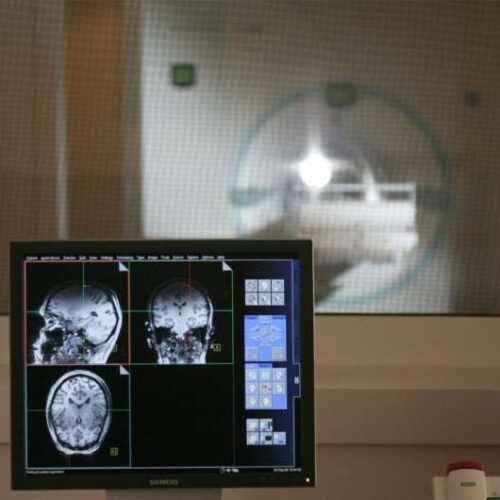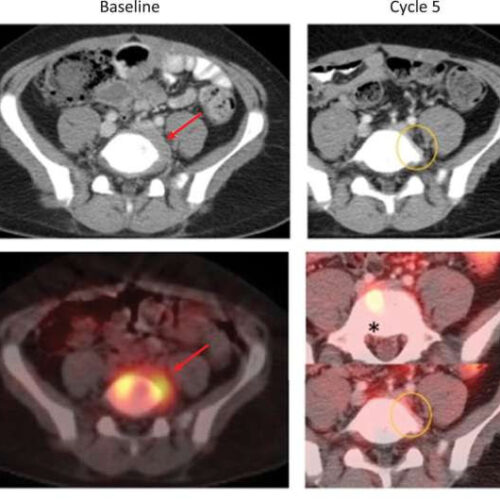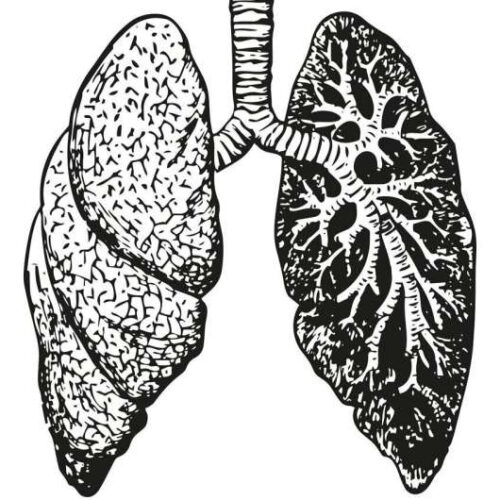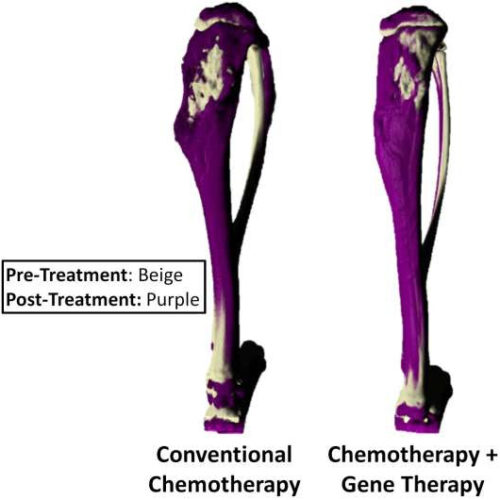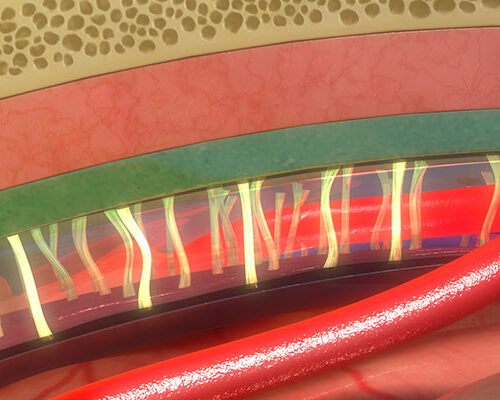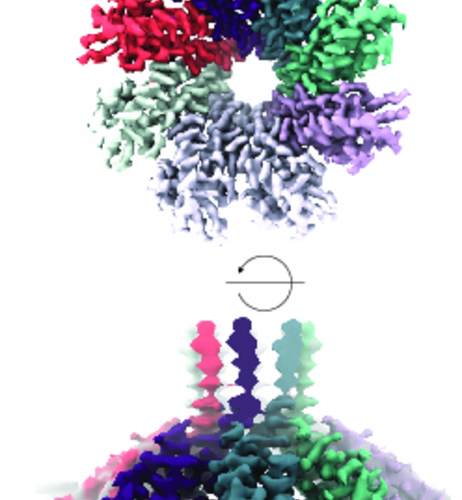by Digestive Disease Week Credit: Unsplash/CC0 Public Domain A procedure that uses controlled electrical pulses to induce changes to the lining of the first part of the small intestine could allow patients with type 2 diabetes to stop taking insulin and still maintain glycemic control, according to a preliminary first-in-human study that will be presented...
Bariatric surgery may cut risk of obesity-related cancers by more than half
by Digestive Disease Week Credit: Pixabay/CC0 Public Domain Just 4% of patients with obesity who underwent bariatric surgery developed obesity-associated cancer in a 10-year follow up, compared to 8.9% among those who did not have a weight-loss procedure, according to a study to be presented at Digestive Disease Week (DDW) 2023. “The primary benefit people...
MRI imaging method captures brain glucose metabolism without administering radioactive substances
by Medical University of Vienna Pioneering MRI imaging method captures brain glucose metabolism without the need for administration of radioactive substances. Credit: Medical University of Vienna Metabolic disorders play a central role in many common conditions, including Alzheimer’s, depression, diabetes and cancer, which call for reliable as well as non-invasive diagnostic procedures. Until now, radioactive substances...
Two studies find role for alternative lengthening of telomeres in treatment-resistant tumors
by Children’s Hospital of Philadelphia Representative images from subject 3 who had both measurable and MIBG-evaluable neuroblastoma and an overall central radiology reviewed PR from cycles 3 through 8, and PD at cycle 11. This patient enrolled with a history of progressive disease on a prior irinotecan-containing regimen. The left top panel shows the baseline 3.5-cm...
Tiny protein apparently produces titanic impact in the lungs when encountering bacterial pneumonia
by Delthia Ricks , Medical Xpress Credit: Pixabay/CC0 Public Domain In the ongoing quest to discover which constituents of the immune system provide highly specified protection, scientists have found that a component of the innate immune system is endowed with the capability of guarding the lungs from pneumonia-induced injury. The innate immune system is the body’s first...
Sneaking past the blood-brain barrier to usher in the age of gene therapy for neurodegenerative disease
by Justin Jackson, Medical Xpress Initial BBB openings in NHPs targeting brain regions relevant to PD. Successful BBB openings were demonstrated in two monkeys (M1/M2) by delivery of an MR contrast agent (Gd) that does not normally extravasate in the brain. Openings were achieved in the targeted regions with relative accuracy. (A) Axial contrast-enhanced T1-weighted...
Combination of gene therapy and chemotherapy may provide new treatment option in bone cancer
by University College Dublin 3D render of the tibias treated with the current clinical treatment option chemotherapeutics or treated with chemotherapeutics plus gene therapy. Post-treatment there is significantly more bone (purple) present following treatment with the novel therapeutics. Credit: Created with Biorender.com. New research has identified a potential therapeutic target and developed a unique delivery system...
Disrupted Gut Microbiome a Key Driver of Major Depression?
Batya Swift Yasgur, MA, LSW April 25, 2023 Major depressive disorder (MDD) is linked to disruptions in energy and lipid metabolism, possibly caused by the interplay of the gut microbiome and blood metabolome, new research suggests. Investigators found that MDD had specific metabolic “signatures” consisting of 124 metabolites that spanned energy and lipid pathways, with some involving the tricarboxylic...
What is the blood-brain barrier?
The brain is precious, and evolution has gone to great lengths to protect it from damage. The most obvious is our 7mm thick skull, but the brain is also surrounded by protective fluid (cerebrospinal – of the brain and spine) and a protective membrane called the meninges. Both provide further defence against physical injury. Another...
Pulling the plug on viral infections: CRISPR isn’t just about cutting
UNIVERSITY OF ROCHESTER MEDICAL CENTER IMAGE: STUDY IN SCIENCE SHOWS HOW A CAS PROTEIN PARTNERS WITH A UNIQUE MEMBRANE PROTEIN TO STOP VIRAL INFECTION IN BACTERIA. CREDIT: UNIVERSITY OF ROCHESTER MEDICAL CENTER CRISPR claimed scientific fame for its ability to quickly and accurately edit genes. But, at the core, CRISPR systems are immune systems that...



